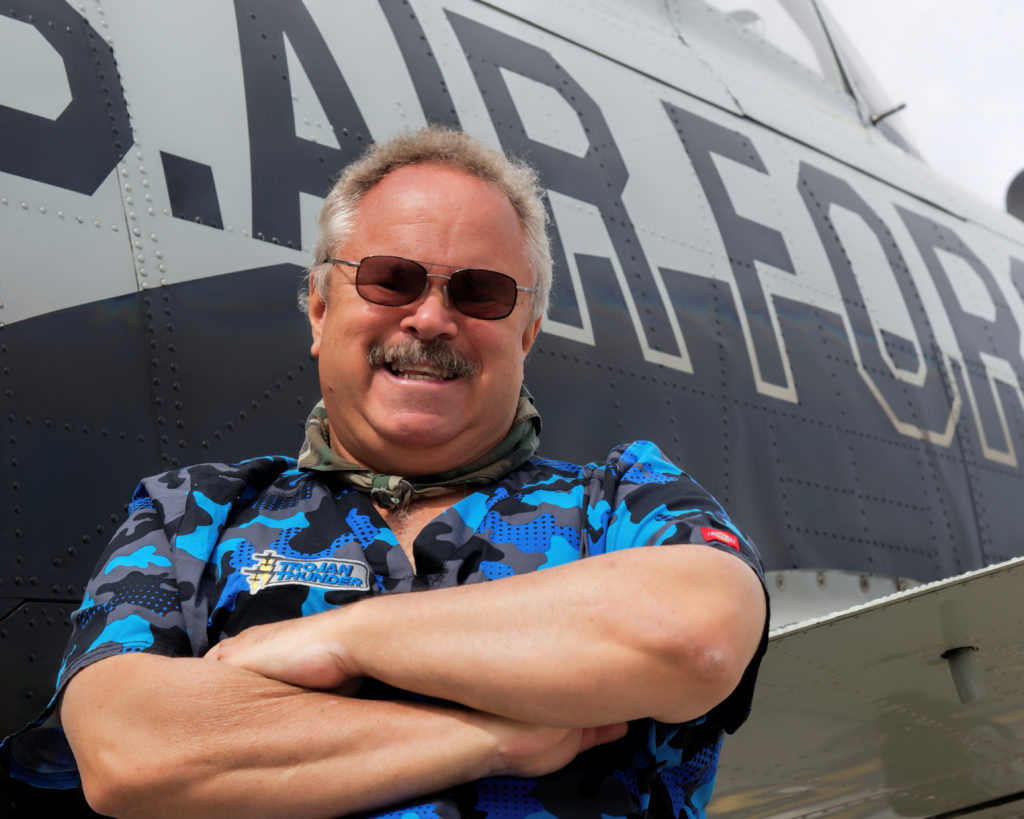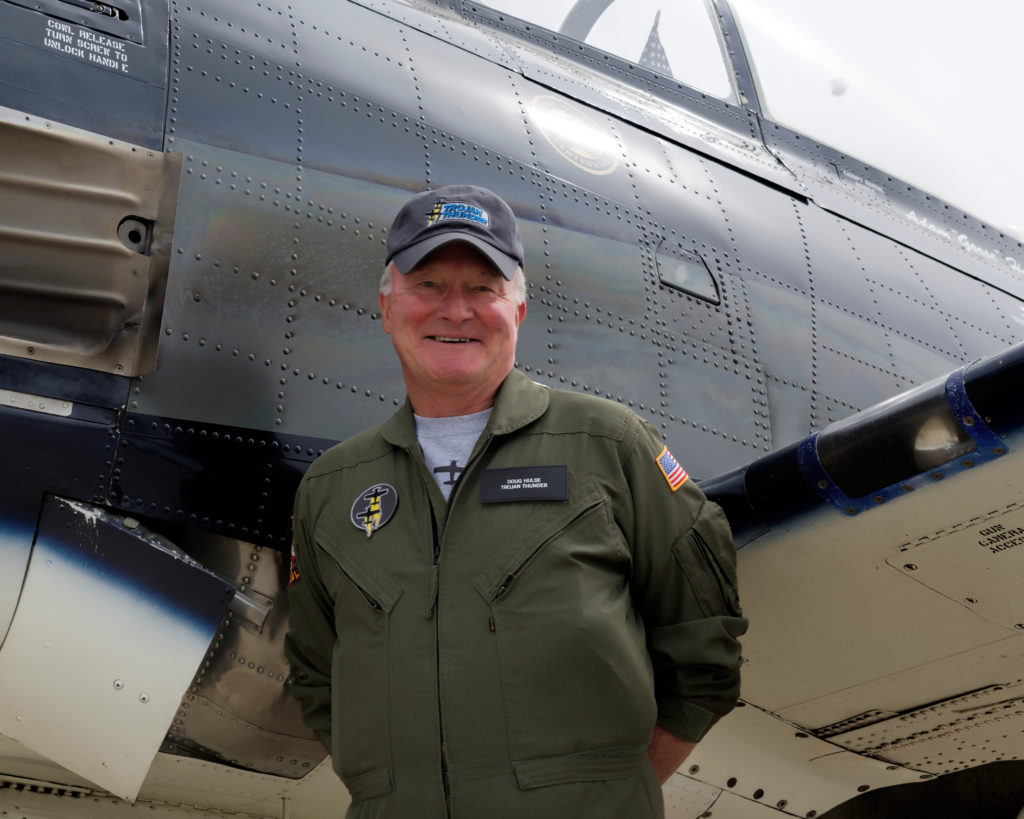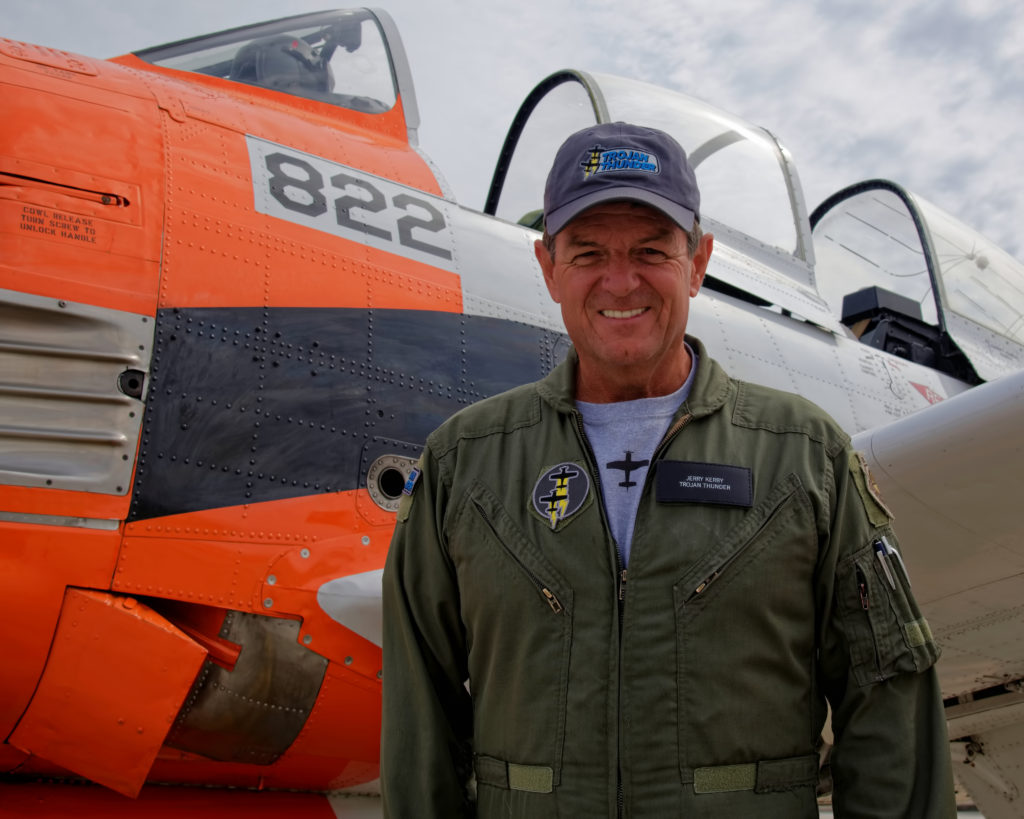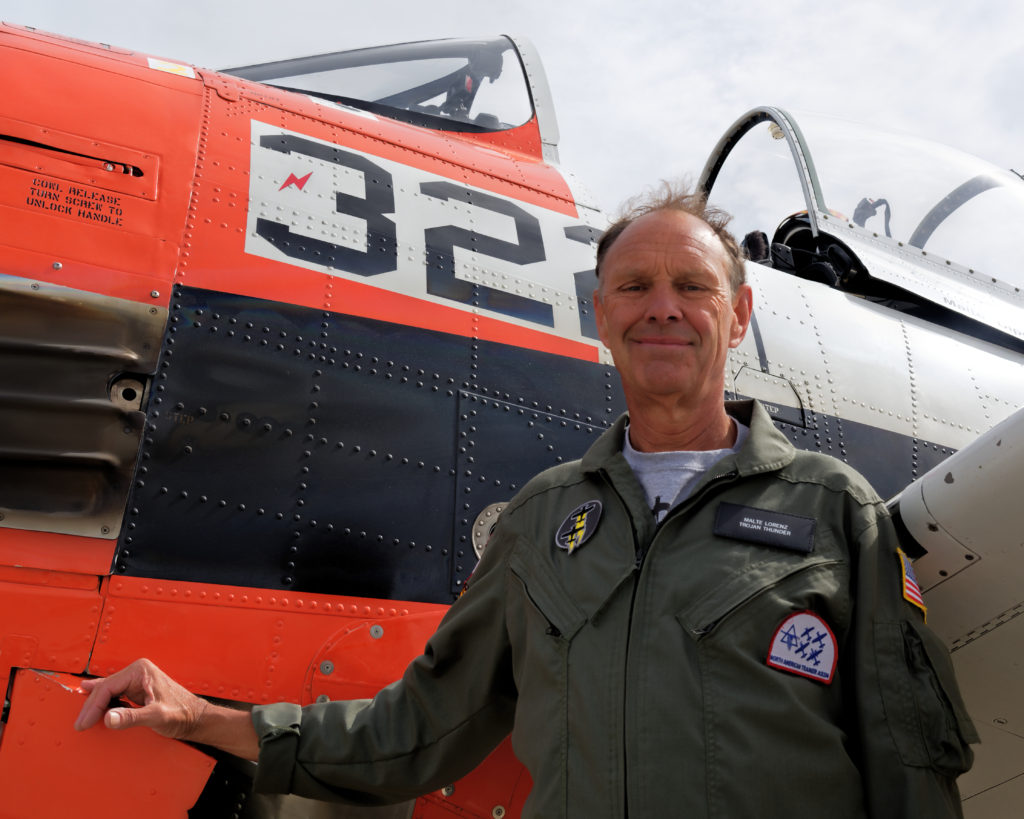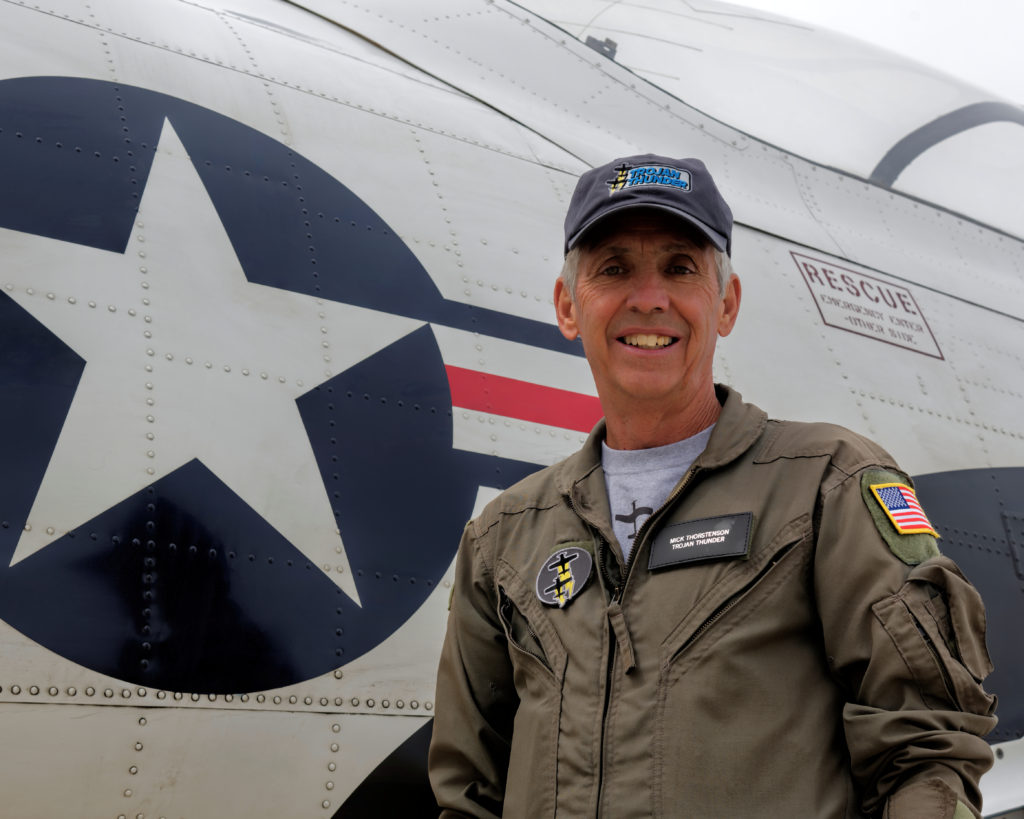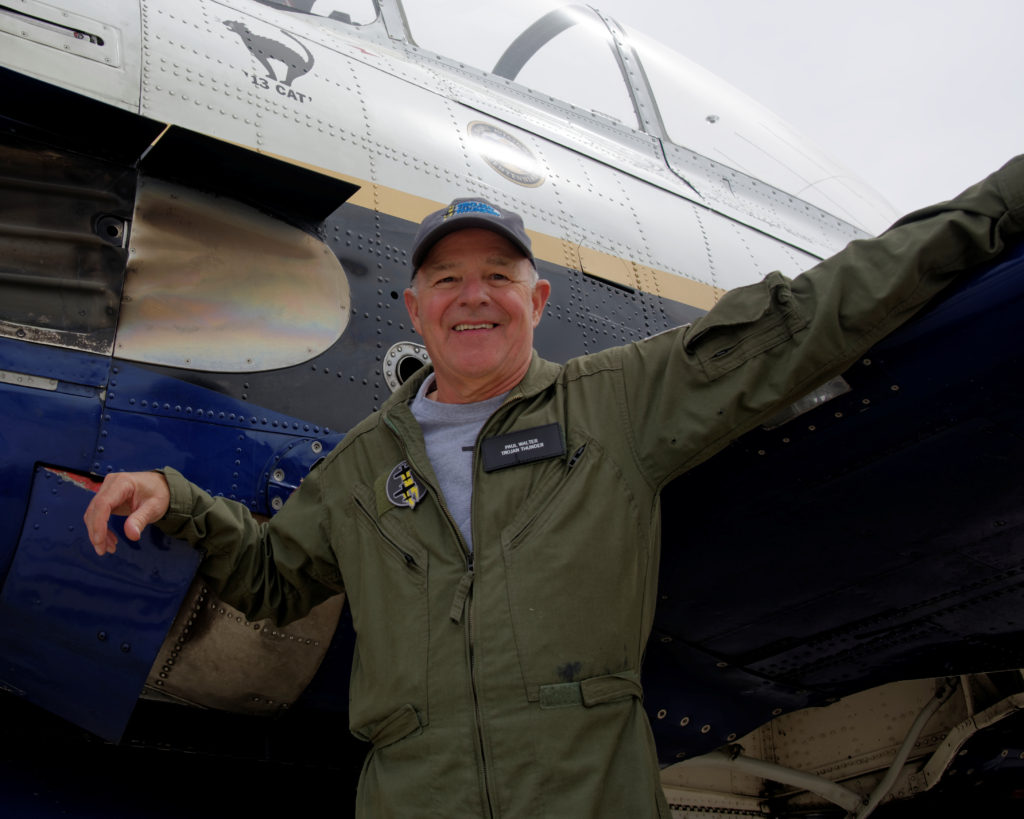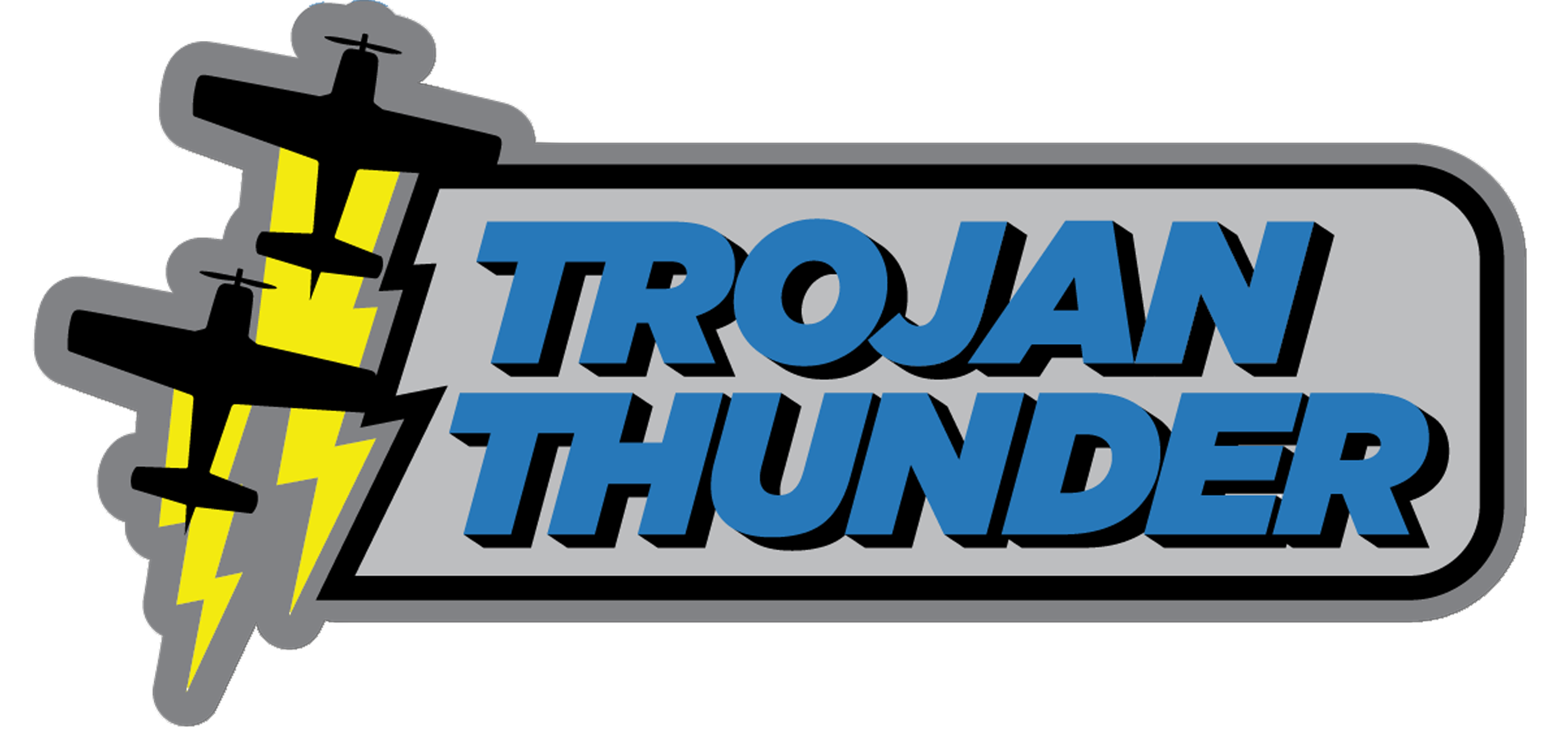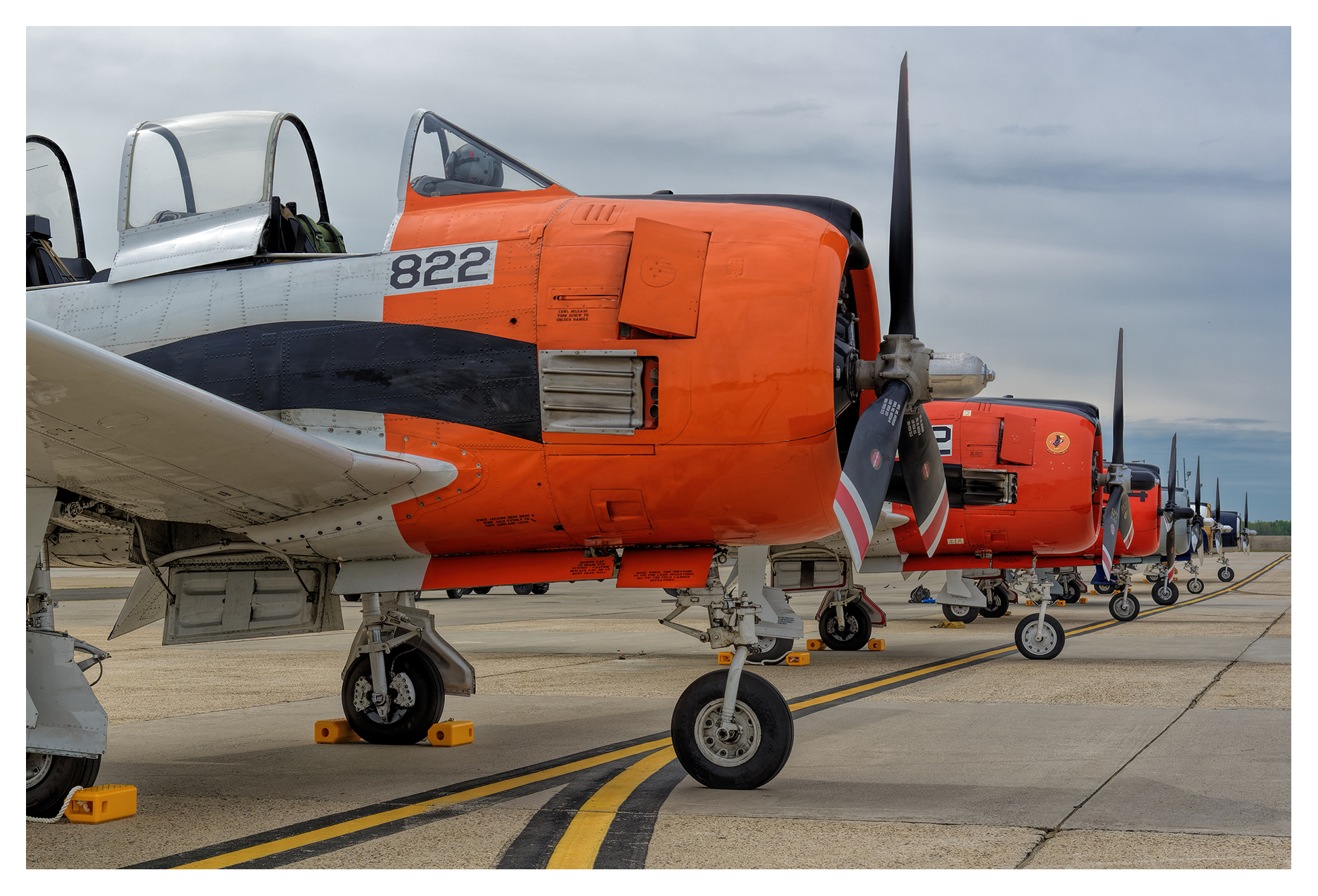
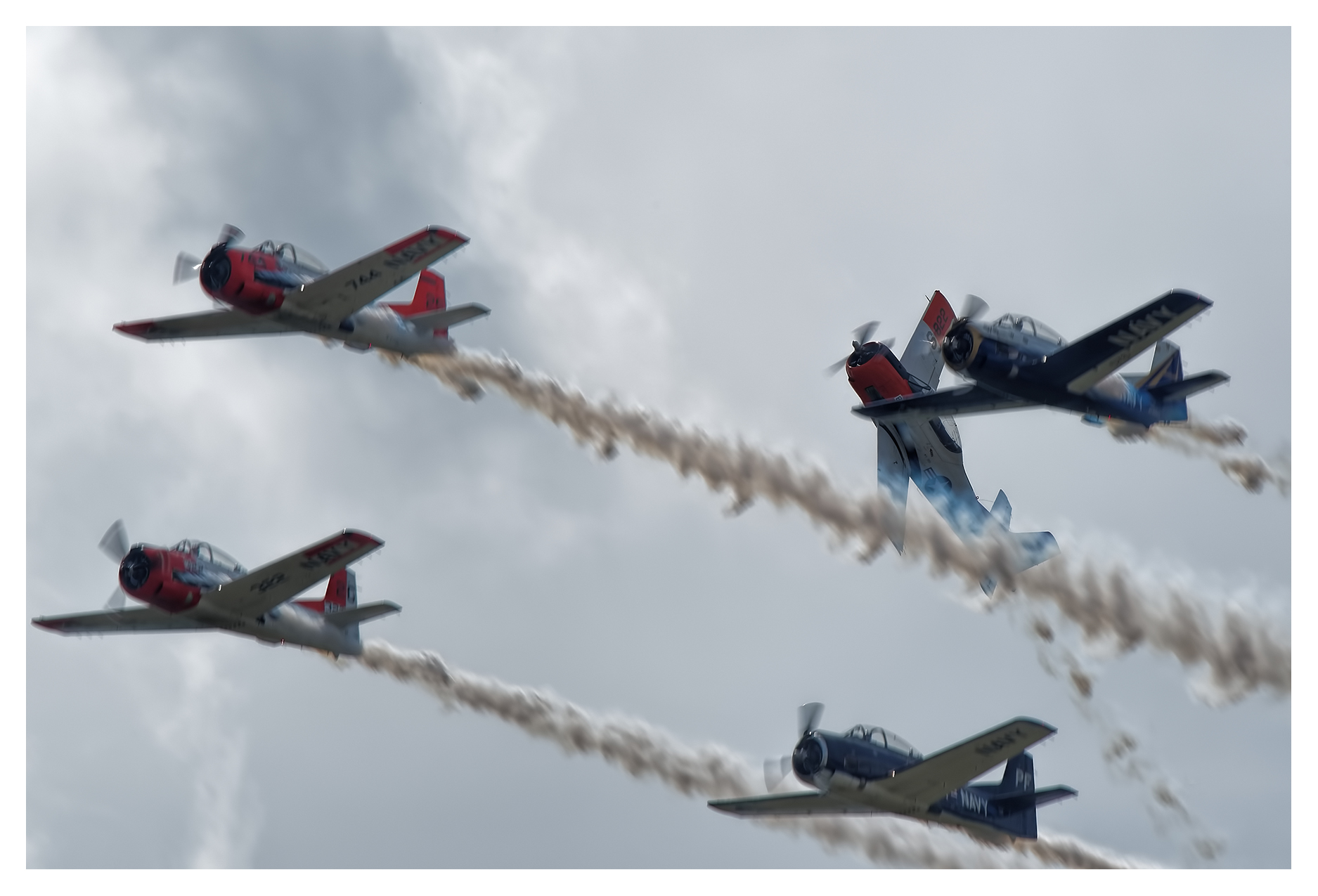
History of the T-28
The T-28 is a piston-engine military trainer aircraft which was designed in the late 1940’s to replace the T-6 Texan as the military’s primary two-seat trainer. It was the “next generation trainer” for a post-WWII U.S. Air Force and U.S. Navy, serving as both an advanced trainer aircraft and a combat aircraft for light attack. Actively flown throughout the 1950’s and into the 1980’s, the T-28 was also used by the Republic of Vietnam Air Force and the French Air Force.
Due to its nimble flight characteristics, T-28s were used to instruct advanced flight maneuvers, such as formation flying, aerobatics, instrument flying, ground attack missions, and aircraft carrier operations.
Between 1949 and 1957, exactly 1,948 T-28’s were built by the North American Aviation Corporation. Able to attain a maximum speed of 343 miles per hour, the Trojan B, C, and D models are powered by a single 1,425 horsepower Curtiss-Wright nine-cylinder radial engine which was originally developed for the B-17 bomber during WWII.
The T-28 saw extensive combat service in Southeast Asia during the Vietnam War serving as the first U.S.-flown strike aircraft on December 26, 1961. It continued in-theater flown by Laotian, Thai, and South Vietnamese pilots throughout the war in a counter-insurgency and interdiction role. It was also flown by U.S. pilots in covert operations under Operation Jungle Jim in the early 1960’s and later by the First Air Commando Division Special Ops “Raven” pilots in Laos. Other combat uses included CIA-sponsored operations in the Belgian Congo and during the French Colonial War in Algeria. The last combat operation of the T-28 was during a Coup d’etat in the Philippines where rebel forces bombed the presidential palace in December of 1989, where upon they were chased from the skies by U.S. Air Force F-4 Phantoms.
Following its final training flight conducted by the U.S. Navy in early 1984, the T-28 was decommissioned from service and sold to private civil operators. Many, like our own members of Trojan Thunder today, continue to celebrate this legendary aircraft by flying them in air shows to the delight of aircraft enthusiasts everywhere.
The Trojan Thunder Team
